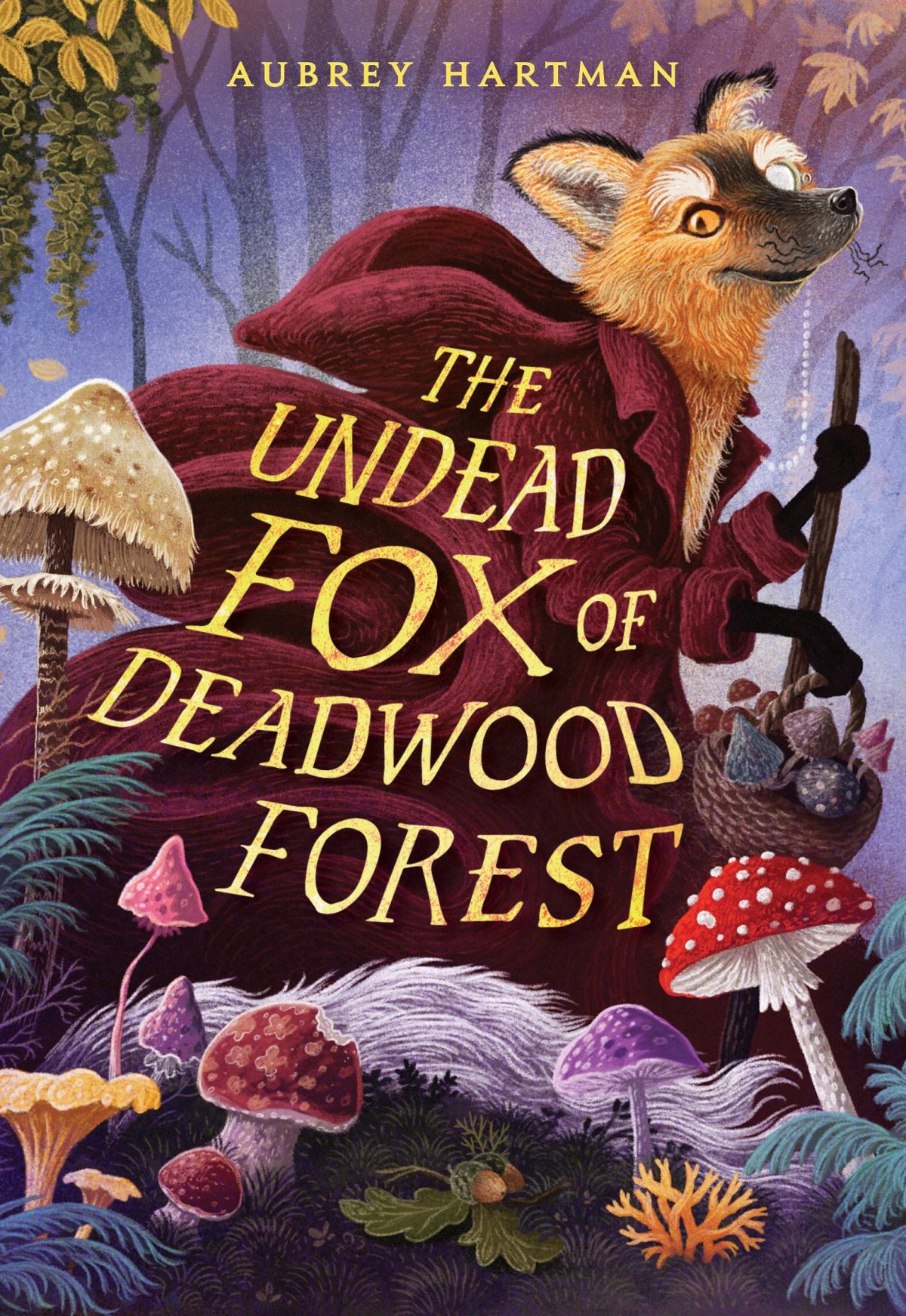We were standing outside my house when the sky opened—a blessed relief at the tail end of the Los Angeles wildfires. We pulled up our hoods, letting the rain shimmer over us.
“They’ll be okay,” I said to my friend. “Kids are resilient.”
She looked unimpressed by my dazzling use of an empty platitude. “Are they, though?”
Months later, I haven’t stopped thinking about this conversation. Are kids resilient?
My instinct is to shake my fist at anyone who would dare say “no.” I write for kids. I spend a lot of time with them. I’m raising a few of my own. On any given day, you could go to any playground in the U.S. and find children who are smiling and swinging from the monkey bars despite the recent loss of a loved one or parental divorce or bullying or failing to make the team or learning struggles or abuse or friend troubles or food insecurity. On the surface, the evidence is there: Kids are as tough as nails.
But then…look at us grown-ups. What are we all talking about with our therapists?
Our childhood.
We perceive kids as resilient, in part, because their pain gets packed away for their future selves to deal with. But what is this costing us as a society? Does this packed-up heartache make for secure adults? Or does it make for reactive humans who don’t know their unprocessed pain is in the driver’s seat? Goodness gracious, if I’m not always living in fear of being excluded from any social circle. And I could tell you the exact moment from Middle School it all stems from.
In 2012, 53% of all nine-year-olds reported reading for fun “almost every day.” In 2020, it fell to 42%.
Compare that to these numbers: in 2012, about 11.6% of youth worldwide had anxiety. In 2020, those numbers nearly doubled, to 20.5%.
You’re telling me the number of kids reading for fun fell ~10% in eight years, and in that time, the number of kids with anxiety and depression grew ~10%? There is a clear and crucial relationship we must acknowledge here. And I’m no scientist, but we can’t afford to sit around and debate correlation verse causation. Kids’ lives are at stake.
So, we have a two-part issue: Kids need to read to survive. But they don’t want to. How do we bridge the gap? We introduce kids to books they want to pick up. In the same way that I hide spinach in my kids’ smoothies: it has to look good. It has to taste like fun. Or else, guess what? They’re going to plug their nose and refuse it.
My newest middle-grade novel, The Undead Fox of Deadwood Forest, is about a fox who ushers lost souls into the Afterlife. It’s fantastical and quirky (and according to Kirkus, marvelously funny), but it is also a secret spinach smoothie. An exploration of loss, grief, change, self-love, and death.
“Kind of deep for a middle grade book,” one well-meaning reviewer wrote. Maybe… but then again, my ten-year-old recently announced that she’s wrestling with the existence of a higher power. She’s contemplative and observant, and she’s not unique. All the things that pain and worry us, kids feel, too, they just don’t show it on the blacktop.
I’m not suggesting we step in and pathologize every hard thing kids encounter. I’m saying the exact opposite: when properly equipped, kids are infinitely capable of solving their own problems. But first, we have to put the tools in their toolbox. With every story, we are doing just that: See here? This is a story of someone who felt just like you. Here is how they coped. Here is how they triumphed.
A well-read kid is an empowered kid. An empowered kid is a resilient one.
The unflinching depth and heart of Middle Grade is the reason I wanted to write for kids, but at the end of the day, I’m in the business of making little hearts lighter. As much as kids—and adults!— need literary nutrition, they need a heaping scoop of laughter. A big, fat slice of joy. My goal is that journeying through my books feels like fun, even as we explore complex and weighty topics. For, as my daughter’s speech-language pathologist says, “Our work is our play.”
When I’m asked why I write, I always give the same half-joking response, the answer to which could also serve as a reply to the question, “Why do kids need to read?” Why do kids need to find grief and joy and hurt and humor all in the pages of a single, good book? Well, friends, I’ll tell you why: Because books are cheaper than therapy.
Aubrey Hartman grew up in Virginia just before the technology boom, when exciting weekend plans consisted of a library card and a few dozen ice pops. Her most beloved friends all lived the pages of her favorite novels, and if she’s being honest, they still do. After high school, she studied at Brigham Young University, earning a bachelor’s degree in advertising and a minor in art history. Currently, she lives in California with her husband and three young children. In her thirty-some years, she’s lived many lives, and is currently in her medical-mom era—learning how to be an advocate for her youngest child, an objectively delightful baby with a trach and a feeding tube. She invites you to visit her at aubreyhartman.com.
